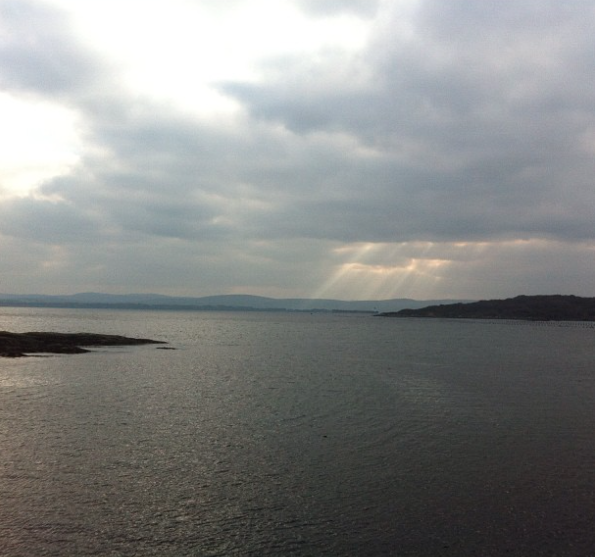Date : 7/1/16
The fourth day was an incredibly intense maya crashcourse. We started the day by dissecting some popular mobile games that are graphically beautiful, like Republiq and Infinity Blade. We then went into Maya, where we could see the breakup of some of the assets from the games. It was quite surprising how few polygons these objects were made from, and they just use clever techniques to fool you into thinking they’re more detailed than they really are. This is probably a technique I will have to mimic for my scene, as I expect it to be quite polygon-heavy.
We then went into Maya, where we were given a complete crash course in the polygonal modelling techniques used for modelling games in Maya. Even though I have used a bit of Maya in the past, the crash course was essential, as it went through every tool in detail, which doesn’t really happen when learning from a video online. I actually learned a load of new techniques and skills that I never new before. Firstly, I never knew that a soft shaded object is actually less costly to a game than a sharp faceted object, in fact I would have presumed the opposite before this course! Similarly, I learned how to soften an objects edge, and learned how vertex and face normals work. In summary, vertex normals control how lighting affects an object, and face normals control culling, or the visibility in a scene. We learned to turn off double sided faces, as back faces rarely need to be rendered in games. We then touched on modelling with curves and discussed the loft and revolve commands. These commands are typically better practice, it seems, as they are easily adjusted after to modify shapes, whereas pulling and manipulating polygons manually can be a real pain! Really interesting day, to be honest. It kind of corrected a lot of the bad techniques I had learned form watching dodgy online tutorials, as well as introducing new techniques that I didn’t know existed!
At the end of the day in studio we studied some of the games in the studios. I played Mario Kart on the Wii U for the first time. Pretty cool experience to see a game I used to play years ago re-made with much better graphics.
I then went on to add more to my Art Bible at home, and do some more concept sketches. I focused more on lighting today. I want the lighting in my scene to be only naturally lit, and I want rays of light to peer through the tree and ivy that grow through the window. Studying this kind of angelic lighting reminded me of a photograph I took on Garnish Island , in the south of Ireland, where I saw these light rays for the first time (excuse the badly taken photograph, I was only learning photography!)
As a part of my first year in architecture, we were given a site on Garnish Island to create a concept home for a marine biologist (yeah, insanely specific!). I was walking around the rocks by the sea and saw these cool light rays penetrating the clouds. That’s the kind of light I would like to recreate in my scene, with sunlight just barely squeeze through any gaps in the trees and ivy.
Summary:
Maya is a beast of a program, but the tools are actually pretty simple once you know where they are. Mobile game environments are typically pretty simple polygonally, but are heightened a lot by a mix of really clever modelling and texturing. So hopefully, once I get to know the program itself a bit more, the modelling should be the easy bit.